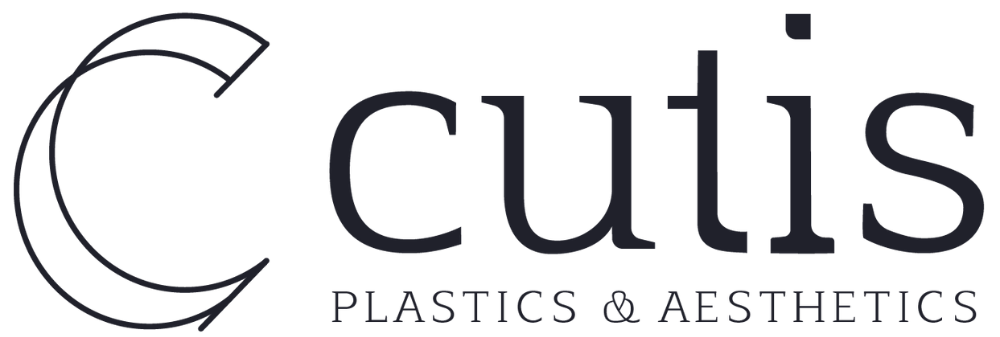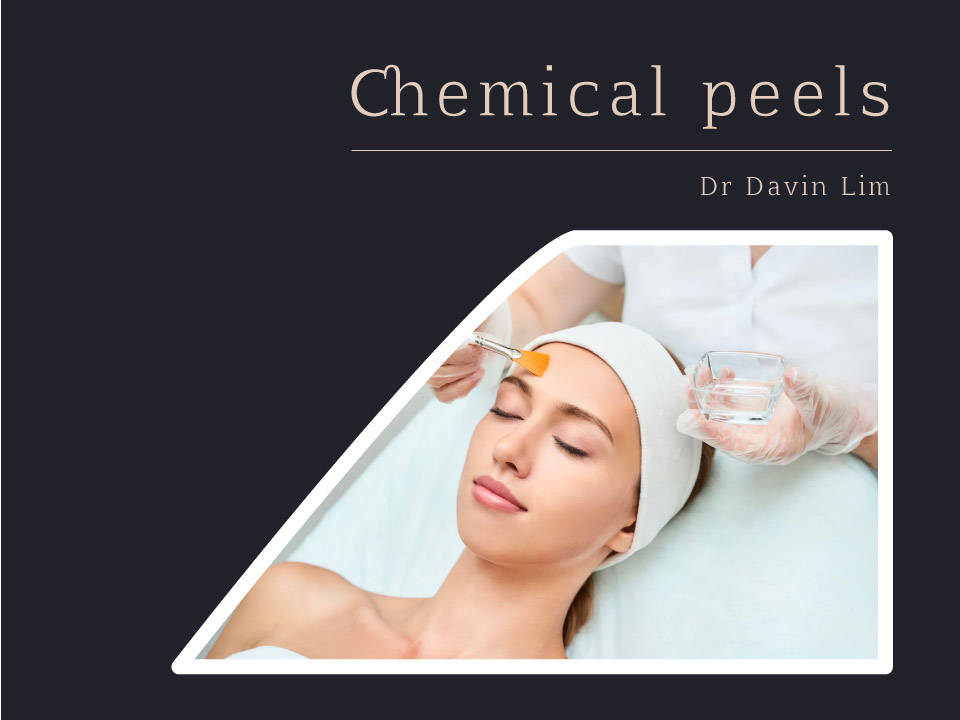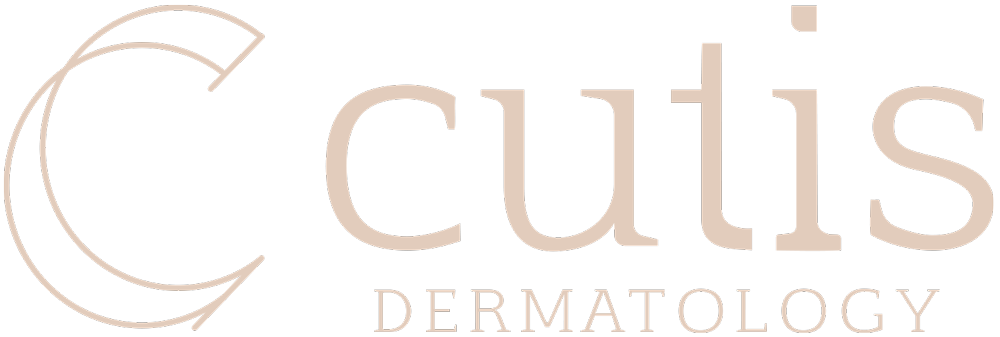Chemical peels are a good way to treat blackhead & comedonal acne. Cutis uses clinical grade BHA peels, AHAs including lactic & glycolic acids as well as high strength retinoic acid, trifarotene & tazoretine peels.
Key Points
- Peels are useful for threatening all forms of acne
- Blackhead acne responds best
- Chemical peels can accelerate acne clearance by up to 80%
- BHA peels are better than AHAs as the former is oil soluble
- Vitamin A peels can help with mild & early acne scarring
Acne Chemical Peels at a glance
Our results speak for themselves
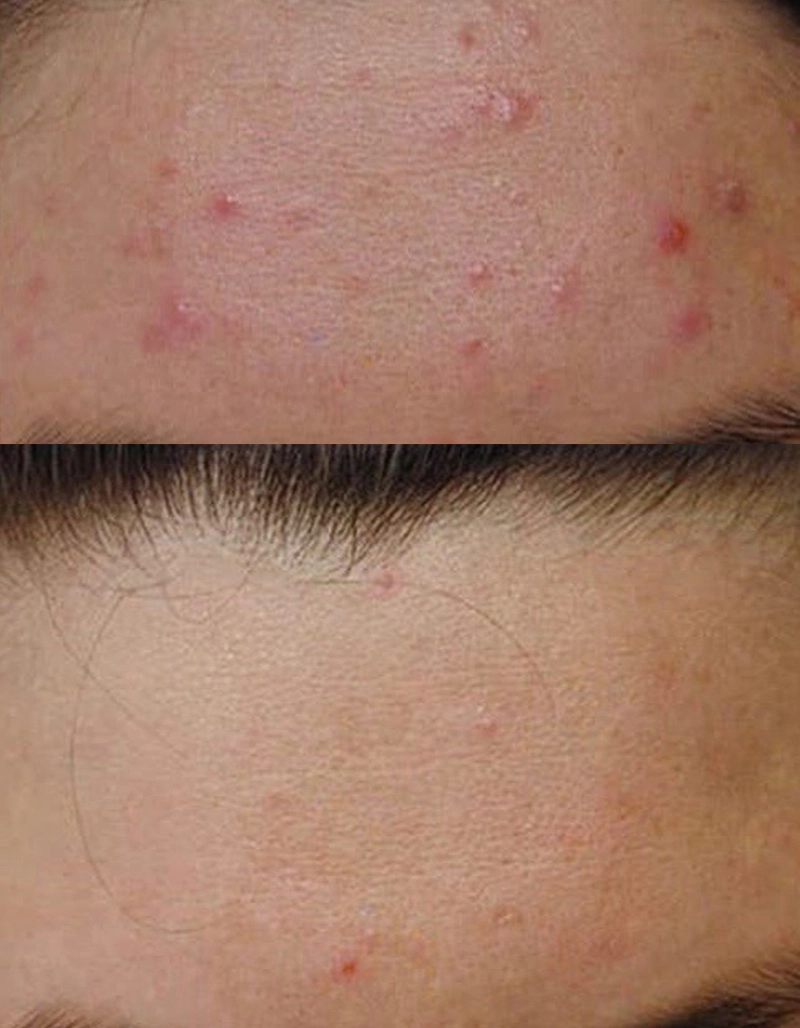
Before
After
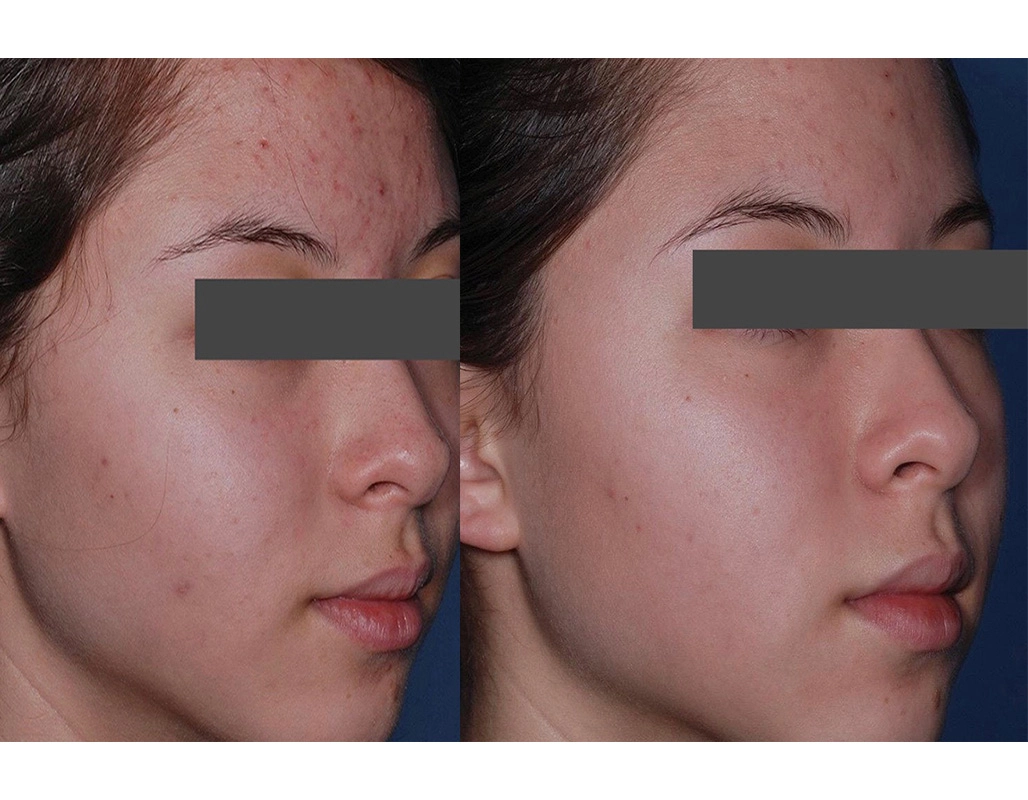
Before
After
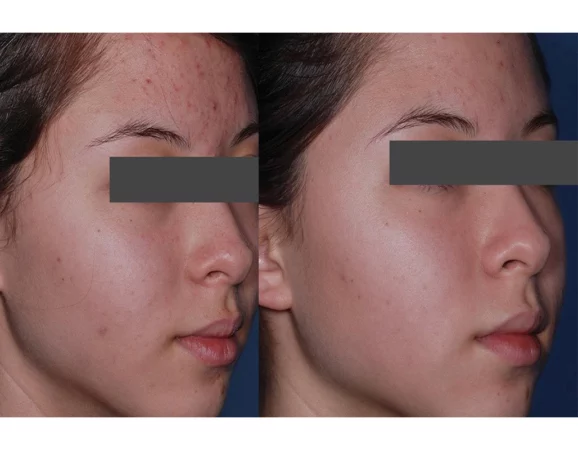
Obagi has medical grade therapy for acne. Benzoyl peroxide combined with active wash, cleanser & moisturizer
Ask us more about this treatmant
Preferred Consultation
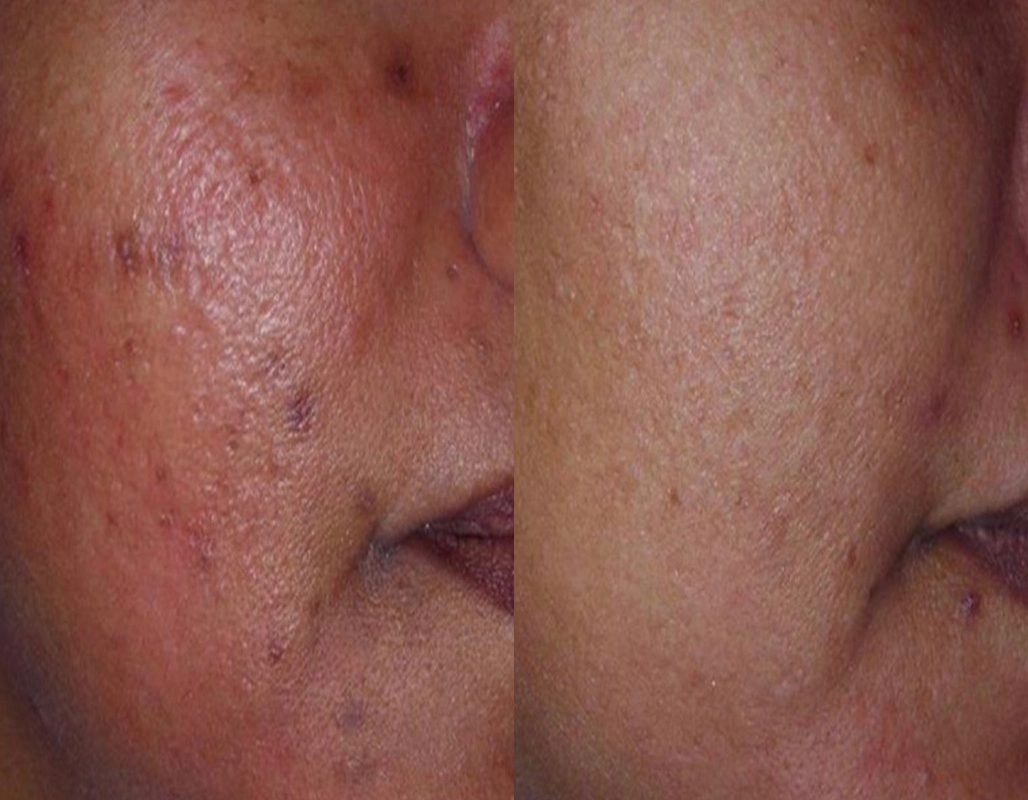
Before
After
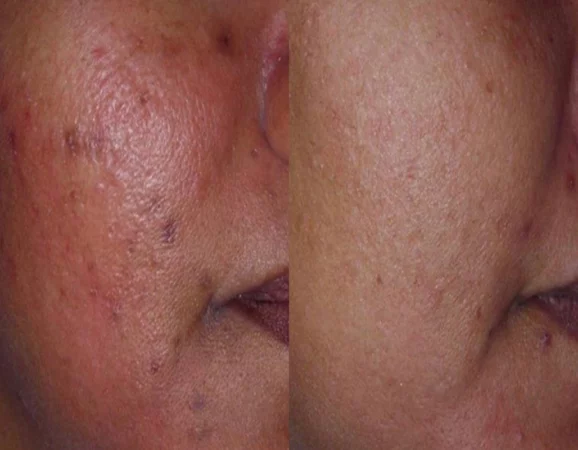
Post inflammatory hyperpigmentation can be treated with lasers, topicals or chemical peels
Ask us more about this treatmant
Preferred Consultation
FAQs
What do chemical peels do for my acne?
Peels are a natural or non-oral way of treating acne & early acne scars. They help exfoliate clogged pores, kill surface bacteria, reduce oil production & stimulate collagen to help repair & remodel scars.
Peels can also help shrink down enlarged pores & reduce pigmentation from acne lesions.
What types of peels are good for acne prone skin?
The standout peels for acne are BHA and Vitamin A peels. Here’s the skinny.
BHA peels are also known as salicylic acid peels.
- Salicylic acid is used as it is fat soluble.
- It takes a few minutes to perform this peel.
- With higher concentrations you may peel for 3-4 days.
- This peel is great for blackheads and congestion.
Vitamin A peels include retinoic acid, tazarotene & trifarotene peels
- This is a leave on peel (4-8 hours).
- Delayed peeling is seen at 48 hours.
- Peeling can last up to 4 days.
- This peel is great for general acne.
What are lunchtime peels or AHA peels?
This category of peel is known as alpha hydroxy acid peels and include mandelic, citric, lactic and glycolic acid. AHA peels are best for skin rejuvenation, but they can also be used to treat blackhead acne or comedonal acne. Unlike BHA peels, AHA peels have no downtime.
Occasionally, dermatologists use a combination of skin acids known as Jessner peels. This includes lactic, salicylic acid and resorcinol.
How much are chemical peels?
Peels start at $98. They include salicylic acid, alpha hydroxy, as well as retinoic acid peels.
Inquire for peel packages as we combine peels with phototherapy and lasers. Book a FREE assessment with our nursing team to see what peels can do for your skin.
How are peels performed?
Peels can be performed on the day of consultation. The time taken depends on the type of peeling agent.
- Salicylic acid peels are self-neutralising with the end point of pseudo frosting. They take 3-6 minutes to perform.
- AHA peels take longer as they require neutralization at 1-4 minutes.
- Retinoid peels are the quickest, taking only 1-3 minutes to perform.
Laser assisted retinoid infusions or LARI take 90 minutes as we use local numbing creams prior to the procedure.
Are peels painful?
No, superficial peels are well tolerated. As a guide, BHA, lactic and glycolic peels are 2 out of 10, whilst retinoic acid or retinoid peels are 0 out of 10.
When will I see results?
Results are seen as early as 48 hours, especially if you have comedonal or blackhead acne. Peeling agents can also remodel collagen and improve scarring associated with acne however the best results are seen after 2-4 months.
What is the recovery following a chemical peel?
Down time depends on the peel, the prep, concentration, and your skin’s sensitivity. As a guide-
- AHA peels; lactic, glycolic acid: no downtime
- Salicylic acid: 10 % no downtime
- Salicylic acid: 20-30% red for 1-3 days
- Retinoic acid peels: 1-5 days peeling
Products

O Cosmedics SPF range
$54.00-$64.00
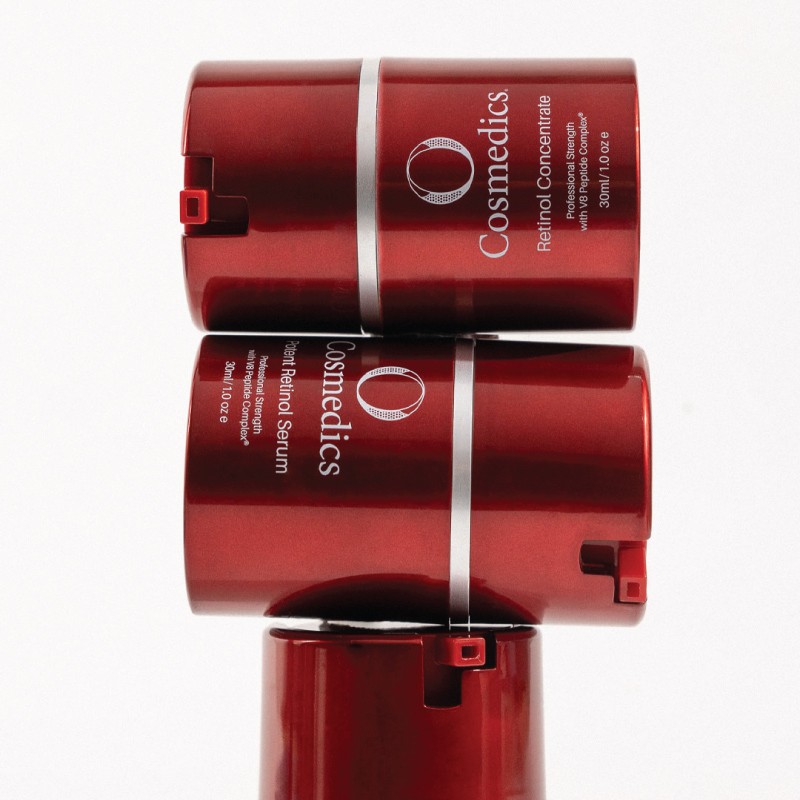
O Cosmedics retinol range
$102.00-$139.00
Chemical peels including retinoic & salicylic acid peels are highly effective treatment options for acne, blackheads & oily skin. Cutis Dermatology has over a dozen concentrations, ensuring that a suitable peel can be matched according to your acne severity.
What are the side effects of peels?
Side effects are uncommon and are largely related to skin colour and depth of peeling. They are more common with TCA & AHA peels, but extremely uncommon with salicylic acid or retinoic acid peels. Unexpected results include-
- Post peel redness or darkening
- Blisters
- Infection
What treatments can be combined with chemical peels?
Dermatologists combine many different treatments with peels.
For example, a peel before or shortly after commencing Accutane speeds up the clearance of acne. Peels can also be combined with topicals such as retinol, retinoids, niacinamide, as well as skin acids.
AHAs with LED phototherapy is a good combination for acne in pregnancy. Peels can also be combined with blue light IPL or BBL.
What peels are good for acne scars?
The best peels for acne scars are deep focal peels, including TCA 80-100% and phenol peels 88-90%. This is classed as a deep peel, as it reaches the lower limits of the dermis. This form of peeling is reserved for dermatologists or plastic surgeons due to the depth.
Who are NOT candidates for chemical peels?
If you have uber sensitive skin (eczema, dermatitis, rosacea), peels may not be a good idea. If you flush and blush easily, we discourage you from peeling.
Some types of peels such as AHAs are safe in pregnancy. If you have active cold sores, peels should not be performed.
If you get a lot of sun & love sun tanning, peels & lasers are not for you. Sorry.
Why choose Cutis as the clinic of choice for acne treatments?
Our dermatologists and nurses are trained extensively in the application of peels for medical conditions such as acne and pigmentation. We cover very superficial to deep peeling, and everything in between. We have over 20 different peels & concentrations, so you can be assured we will find one for your skin type and concerns.
What’s our take on chemical peels for acne?
Peels are underutilized in the management of acne. Performed correctly they can accelerate all acne treatments including oral acne medications. Think of peels as removing the blackheads whilst acne medication pushes the sebum (oil and debris) out of the clogged pores. Our peel of choice for this task is salicylic acid.
We also employ retinoic acid peels, ranging from 1 to 7% as well as tazarotene and trifarotene peels. This agent is good for general acne but also it changes the expression of genes – DNA.
Vitamin A peels can also address photoaging, fine lines, pores & mild low volume deficit acne scars. This peel can be accelerated with fractional laser delivery.
Peels are a cost effective & in some cases, a natural way to treat acne.
